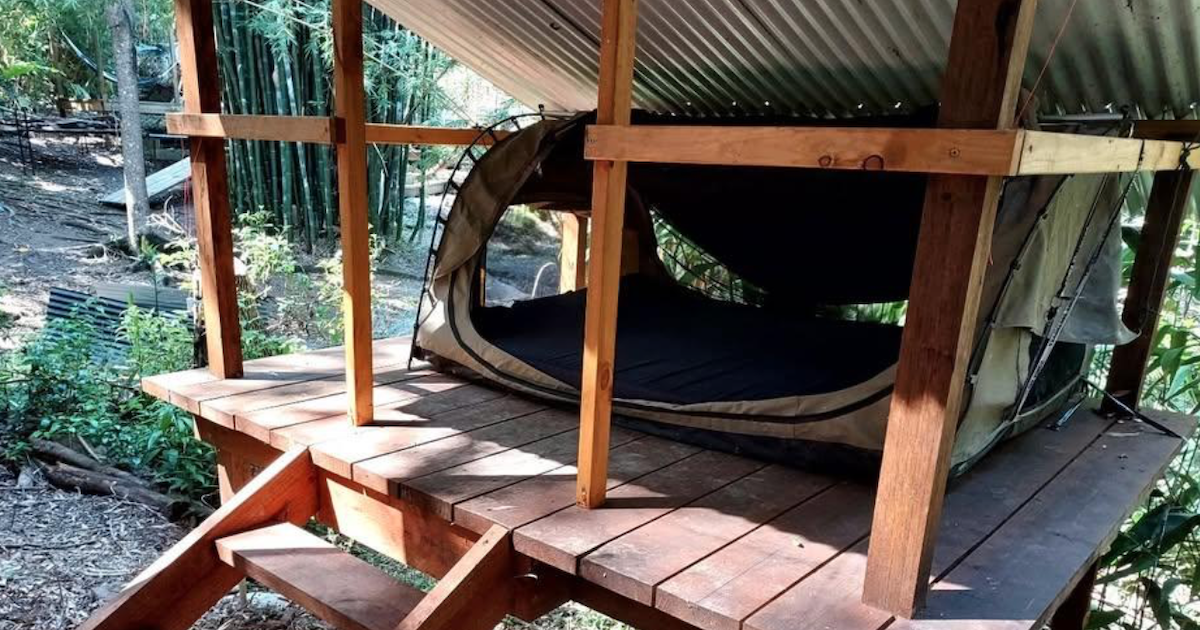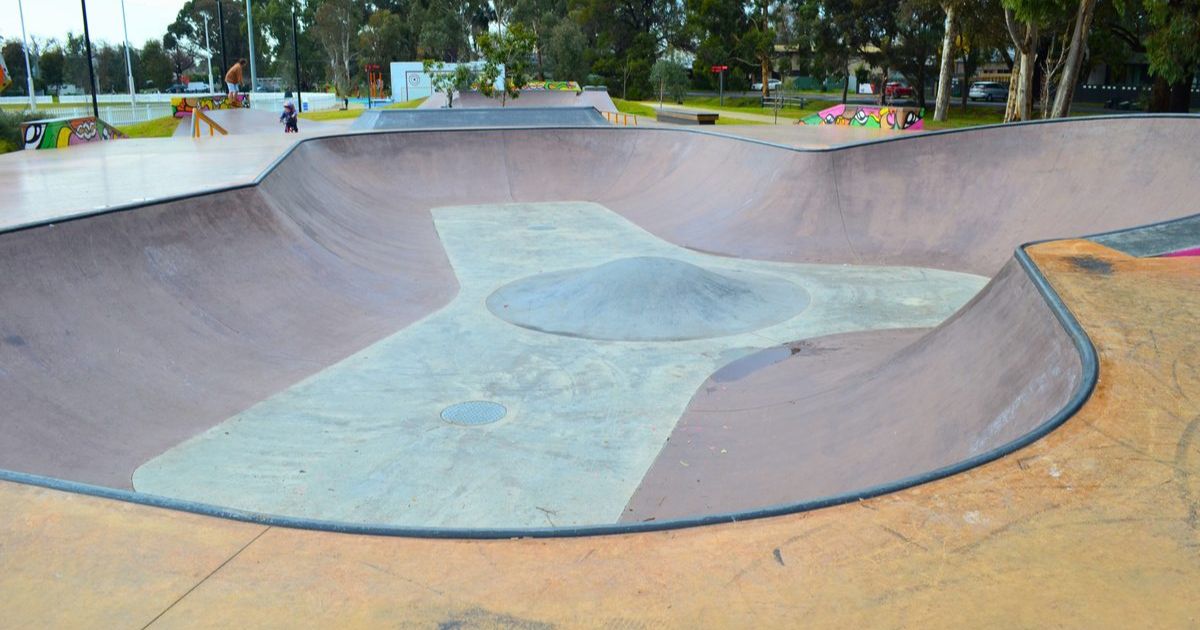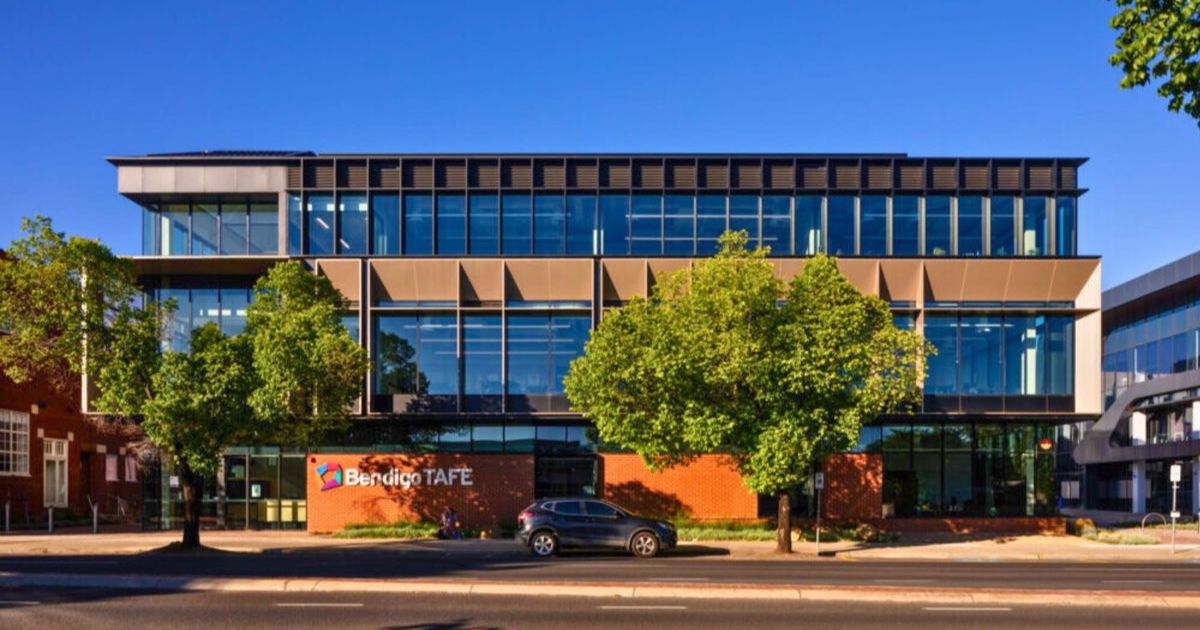Detailed mining map shares more than gold

Dense: Paul Jenkins pointed out the area between Walker and Morgan Streets, Sebastopol as being most heavily mined. Photo: EDWINA WILLIAMS
SOMETIME in the 1950s, historian and drawer, Arthur James Jenkins sat at his kitchen table with a fountain pen, mapping out the Ballarat goldfields.
Creating two illustrations, his first was the Map of Sebastopol and Buninyong Mining. This week, a framed copy of the artefact was unveiled at the Sebastopol Library, permanently available for viewing.
Jenkins’s nephew and former Mayor of the Sebastopol Borough Council, Paul Jenkins was impressed by the map’s detail, but said it tells a deeper story than just the locations of mineshafts.
“This map’s all about Aboriginal tribes, including the Wadawurrung people, who lived on this land for thousands of years,” he said.
“It’s about Thomas Hiscock, discovering gold in August, 1851, just three kilometres west of the township of Buninyong, and the word being spread around the world that there was gold lying on the surface and in the creeks in a faraway land called Australia.
“It’s about shallow diggings… small shafts… 90 quartz mines and 60 alluvial mines in the area… the South Star Mine… mullock heaps… thousands of miners… hundreds of battery stampers… four tent towns,” Mr Jenkins said.
The map also shows the denseness of the Queen Street area in Sebastopol, known as the “busiest street of Ballarat and the region” in its day.
City of Ballarat Mayor, Cr Ben Taylor said people forget that Sebastopol, and communities further south, were at the heart of the goldfields.
“I live at Durham Lead, and there we’ve got a mine around that area on our property somewhere. Probably under our feet,” he laughed.
“Sebastopol was very much a thriving part of the Gold Rush time and it’s pretty sad that we forget about it, so it’s a very special map, and it’s an honour to have that here.”
A number of copies of the original map were produced not long after its illustration, and one of these will be restored by the State Library.


















